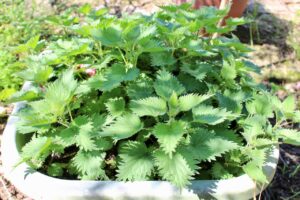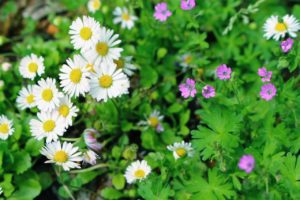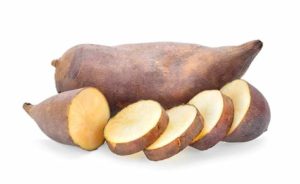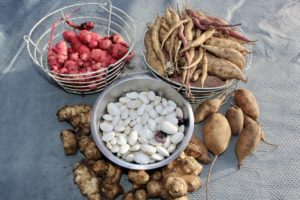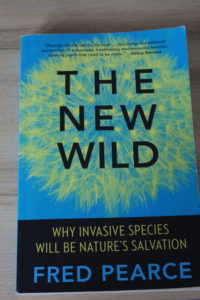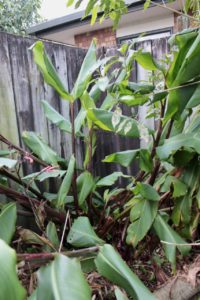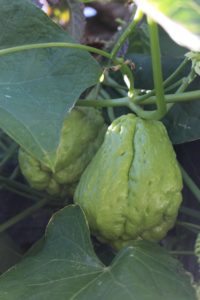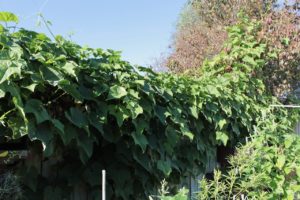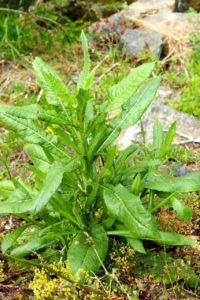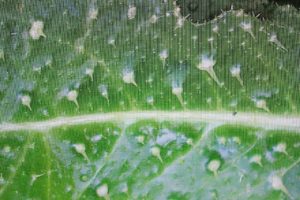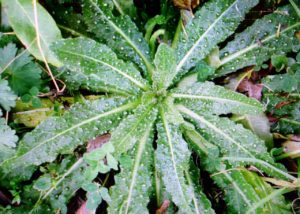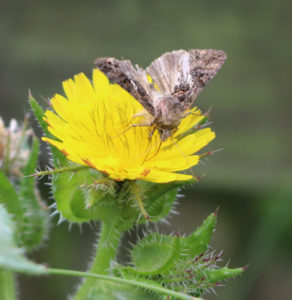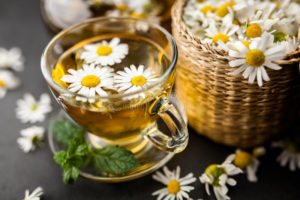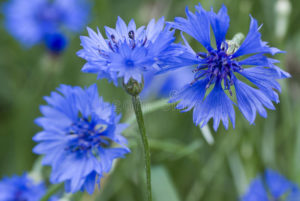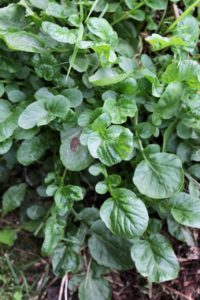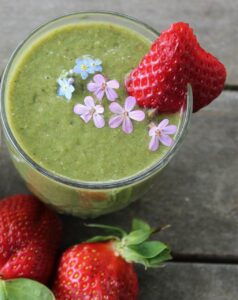
Summer green smoothie
I wanted to share some amazing new things I’ve learned about water, hydration and fascia. We know that water can be a liquid, or a vapour or solid as ice. Did you know though, there is a fourth phase of water that has largely been over-looked? This fourth phase is a gel, an electric plasma which conducts electrical impulses transferring information through the fascia around the body. What is fascia? Fascia is the inner webbing surrounding everything within us, that holds us all together. It’s not our skin that is doing this. We are made up of tiny little bags of water inside our body that are rubbing up against each other. This friction creates an electrical charge that changes the water in the spaces around the cells into a gel. It turns out we are liquid fluid plasma entities with stick like bones inside of us to help us walk on land. I found this to be a very different perspective from seeing our human bodies as muscles hanging on bones.
